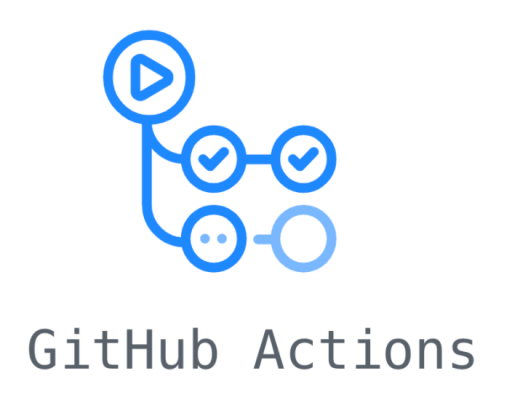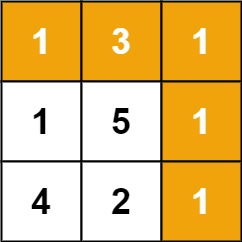Scala is celebrated for its expressive and powerful abstractions that simplify complex programming tasks. One of the most versatile and frequently used functions in Scala is map. Yet, this versatility can be a double-edged sword, leading to confusion among developers. In this blog, we will unravel the different applications of map in Scala and discuss why this abundance of functionality can sometimes be perplexing.
1. Collections (List, Set, Map, etc.)
Scala’s collections extensively use map to transform elements within collections. When called on a collection, map applies a provided function to each element, producing a new collection of the same type.
val numbers = List(1, 2, 3, 4, 5)
val doubled = numbers.map(_ * 2)
// doubled: List(2, 4, 6, 8, 10)2. Future
In the context of Future, map is employed to apply a function to the result of an asynchronous computation when the computation is complete. It’s part of handling the non-blocking nature of concurrent programming.
import scala.concurrent.{Future, ExecutionContext}
implicit val ec: ExecutionContext = ExecutionContext.global
val futureResult: Future[Int] = Future { 42 }
val transformed: Future[String] = futureResult.map(_.toString)3. Option
map is a crucial component of working with optional values using Option. It transforms the value inside Some while leaving None untouched, promoting safe and error-resistant code.
val maybeNumber: Option[Int] = Some(42)
val doubled: Option[Int] = maybeNumber.map(_ * 2)4. Sequences
map can be applied to sequences or arrays in Scala. It facilitates transformations over the elements in the sequence, much like it does for other collections.
val fruits = Seq("apple", "banana", "cherry")
val pluralizedFruits = fruits.map(_ + "s")Why Is It Confusing?
The versatility of map is, undoubtedly, a powerful feature of the Scala language. However, it can lead to confusion for a few reasons:
- Overloading: When one term is used in so many different contexts, it can make the language seem overloaded and complex. Developers may struggle to discern which
mapthey’re working with. - Applying the Right
map: Choosing the rightmapfor a specific context requires a strong understanding of the language and its libraries. - Naming Ambiguity: With so many
mapfunctions in play, naming ambiguity can arise, causing confusion when you attempt to convey your intentions in the code. - Learning Curve: For newcomers to Scala, comprehending the multitude of
mapfunctions and their various uses can be a steep learning curve.
In conclusion, the many applications of map in Scala provide tremendous flexibility and succinctness. However, they can also introduce ambiguity and confusion, especially for those new to the language. To address this, it’s crucial for developers to grasp the specific use of map in each context and to maintain clear, well-documented code for themselves and their team.

